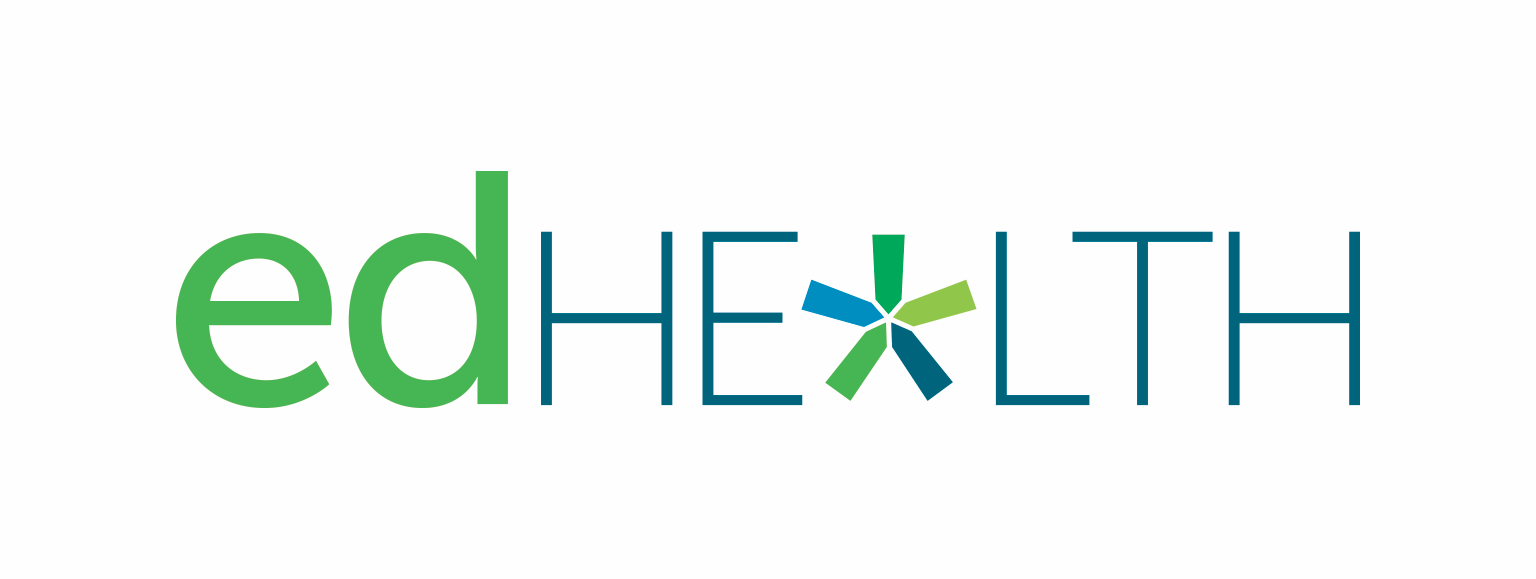Higher Ed Institutions Facing a Bottom-Line Squeeze Should Look at Their Health Benefits
Apr 20, 2020
Published in the April 1, 2020 issue of the New England Journal of Higher Education.
By CYNTHIA McGRATH | April 1, 2020
The COVID-19 pandemic is top of mind for everyone. There’s no aspect of our lives that’s been untouched. For colleges and universities, the novel coronavirus crisis has caused a major educational shift. Campuses are closed to students. Courses have moved online. And, many graduation ceremonies will be canceled or postponed. How long the new norm continues is unknown, but there is bound to be an effect on higher education budgets.
Before COVID-19 entered our lives, colleges and universities were already facing enormous pressures on their bottom lines. Sixty percent of higher education institutions (HEIs) missed their fall 2019 enrollment goals, according to a recent Chronicle of Higher Education story. Changing demographics and drops in international enrollments are primary reasons. Moreover, the Great Recession of 2008-2013 caused a significant drop in the U.S. birthrate, leading to projected enrollment declines for the foreseeable future.
To close the budget gap, many HEIs are developing student recruitment pipelines. However, colleges and universities should also look for cost-curbing strategies. Compensation and benefits comprise as much as two-thirds of an HEI’s budget, and taking a hard look at health insurance costs for faculty, staff and family members is a winning tactic. “Demographic changes and travel restrictions are affecting the revenue side of a school's ledger, so it’s important for colleges and universities to not only find solutions that maximize revenues, but also look at containing expenses,” said William Hall, vice president for administration and chief financial officer at Salve Regina University.
“The number of 18-year-old students is going down, and colleges and universities need to look at all of their expenses to offset lower revenues, if applicable,” said Margaret Card, Wentworth Institute of Technology’s human resources director. “Frequently there are economies of scale opportunities, such as for training, temporary agencies, joint contracts and healthcare purchasing that are worth pursuing so that the savings can be invested in scholarships and other priorities.”
In late 2006, the Boston Consortium, which brings together Boston-area colleges and universities to develop and implement cost-saving and quality-improvement ideas, gathered a group of chief financial and chief HR officers to find out how to slow health insurance cost increases. Fast forward to 2013, and the results of those efforts, in collaboration with other college and university groups, was the formation of edHEALTH, a healthcare purchasing consortium of higher education institutions.
“The rising costs of our employee healthcare benefits were putting a strain on the operating budget of Boston College. We were determined to find a solution to the healthcare cost conundrum,” said John Burke, financial vice president and treasurer at the college. “Our objectives were to preserve our plan design, which varies by educational institution, and realize cost savings in our healthcare benefit budget. The ultimate solution we landed on with edHEALTH achieved both objectives.”
How the funding works
The self-insurance arrangement of edHEALTH means member HEIs aren’t paying profits on top of claims. If a college’s healthcare utilization is lower than budgeted, the excess funds remain in the individual school’s account instead of staying with the carrier. However, going from an insured to a self-insured arrangement can be daunting, particularly for small institutions.
“Most colleges and universities that are considering edHEALTH have an employee population of at least 200,” said edHEALTH President A. Tracy Hassett. “A self-insured arrangement can be risky for a small school that doesn’t have the resources to weather a high-claims cost year.” Under the edHEALTH captive arrangement, member schools pick their own self-insured retention level based on their risk tolerance, philosophy, financial status and experience. They can further protect their risk by purchasing aggregate stop-loss coverage in addition to the coverage they automatically receive.
“Our school already had a self-insured arrangement when we joined edHEALTH, so that wasn’t a barrier,” said Card of Wentworth. “By working together with other schools, we could leverage the group buying power to decrease our administrative and re-insurance costs, which was a win-win.”
edHEALTH recently entered into a prescription drug carve-out arrangement with a larger consortium of colleges and universities that has led to additional savings. All member HEIs now receive 100% of the pharmacy rebates. In the first year, every member HEI saved 18% of its pharmacy expenses because of this initiative. “We’re always looking for innovative ways to provide high-quality benefits while reducing costs,” said Hassett.
edHEALTH can help with attracting and retaining talent
Many HEIs that have joined edHEALTH have passed along some of the savings to their employees, which has helped with hiring and retaining employees. Olin College of Engineering, for example, offered its employees a month of free healthcare premiums in December 2016. Wentworth and Salve Regina have each offered a month of free premiums twice. Wentworth also reduced the percentage of premium that employees pay.
Dean College, which recently joined edHEALTH, was looking for a competitive edge when it decided to improve its employee health benefits and join edHEALTH. The move halved employees’ out-of-pocket deductible. “Offering robust healthcare benefits enables us to attract and retain quality employees,” said Daniel Modelane, vice president of financial services and treasurer at Dean. “The previous deductible was a lot of exposure for our employees, and we were able to cut it in half, which is a helpful recruiting tool.”
Collaboration is an Added Bonus
Saving money isn’t the only reason HEIs join edHEALTH. Collaboration and transparency with peers combined with data insights are integral benefits.
Member owners share and learn from one another. Representatives from each member institution (typically benefits administrators) meet monthly to determine plan year design options. The Plan Design Committee’s collaboration with the third-party administrators (TPAs) and consultants helps to ensure the optimal suite of choices. “Moving to edHEALTH is a long-term healthcare strategy,” said Sean Carney, partner at 360 Corporate Benefit Advisors, Dean College’s benefits consultant. "This group of edHEALTH schools provides a sense of community and camaraderie for the betterment of the higher education industry.”
Getting a college or university’s finance and HR departments to work together to find healthcare solutions is sometimes a challenge. At Salve Regina, HR resides under the administration and finance umbrella, so this has not been an issue. However, that’s not always the organizational structure. “HR and finance have to partner together because finance looks at the money and HR looks at the quality of care,” said Card of Wentworth. “If both points of view are represented, you can make a better decision.”
In 2019, edHEALTH entered into an agreement with a national administrator so it could offer access throughout the country. Sarah Lawrence College became the first New York school to join. The recently expanded edHEALTH website and the launch of other communication vehicles improve member and business partner engagement. New population health initiatives help improve care coordination and reduce costs for high-risk, high-cost employees and family members. And data mining tools help members realign strategies to drive behavior.
“Higher education is competing for students, faculty and staff,” said edHEALTH’s Hassett. “edHEALTH has consistently beat the rising healthcare cost curve with an average 3.5% premium increase over the last five years compared with the industry average of 8.1%. That’s money that schools can invest in their core business of educating students.”
“Sixty percent of our budget is compensation and benefits, and the edHEALTH solution has improved our cash flow, given us access to affordable stop-loss coverage, reduced administrative plan costs and enabled us to offer our employees premium holidays (no payroll deduction) on two occasions,” said Hall of Salve Regina. “Since joining in 2016, our budget savings have exceeded $2.5 million on an annual healthcare budget of $4.3 million.”


